Prostate Center Technology
The Prostate Center of the Clinica Universidad de Navarra has the most innovative technology for the diagnosis and treatment of prostate diseases
The most up-to-date diagnostic and therapeutic technology in the country, and one of the most advanced in Europe
Diagnostic technology for the prostate
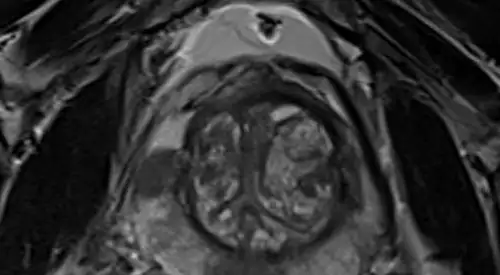
Multiparametric MRI
The combination of MRI and fusion biopsy is the latest diagnostic breakthrough
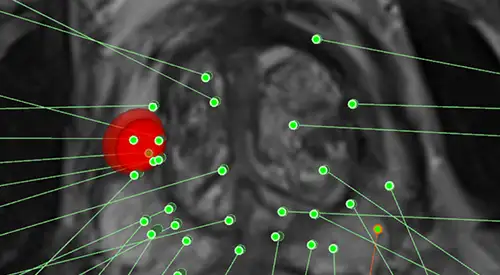
Fusion
biopsy
The most reliable technique designed to find out whether a patient has prostate cancer.
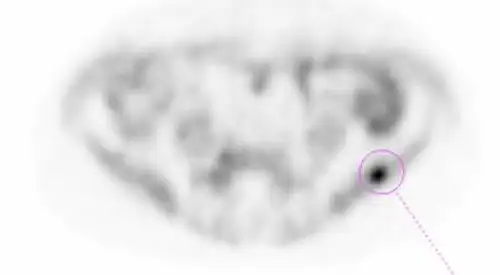
PET
Colina
The most efficient diagnosis designed to determine the extent of the initial disease.

PET PSMA
It allows for the detection of the tumour with the highest sensitivity and precision.
Therapeutic technology for the prostate
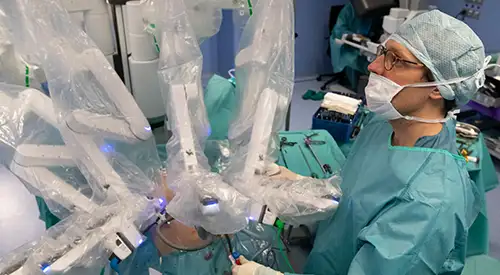
DaVinci® Surgical Robot
Greater surgeon precision and safety in addition to the most reliable results.
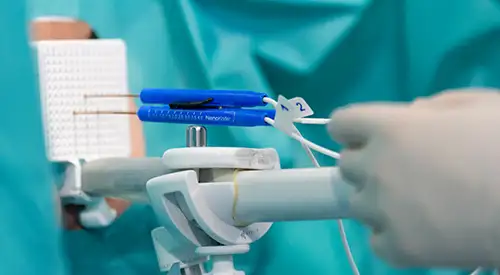
Irreversible electroporation
Electric pulses that can be applied to lesions located at any part of the prostate.

HIFU High Intensity Ultrasound
High intensity focused ultrasounds that allow for the destruction of the tumour.
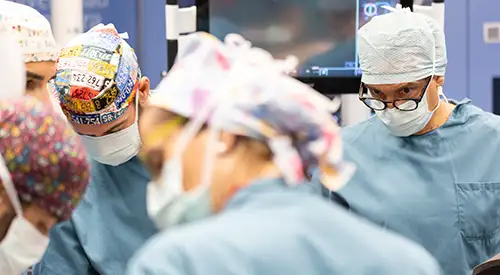
Laparoscopy
Minimally invasive surgery that ensures better recovery of the patient.
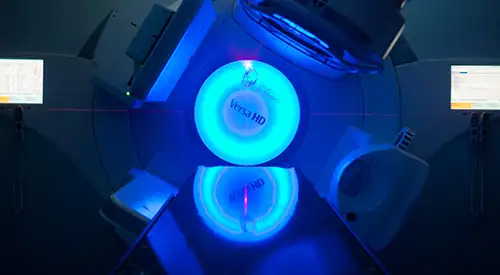
V-MAT Linear Accelerator
The most advanced linear accelerators currently available for external radiotherapy.
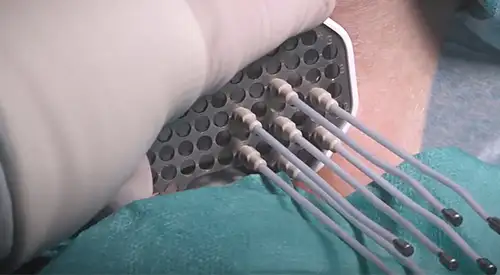
High and low rate brachytherapy
Radiotherapy that allows high doses of radiation to be applied directly to the tumour.
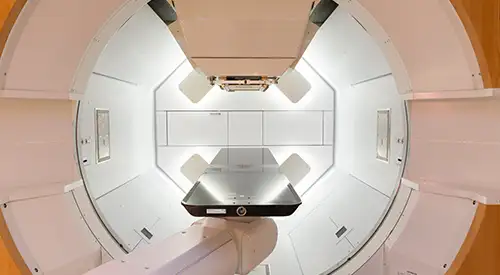
Proton
therapy
Proton therapy is the most precise and least toxic external radiotherapy.

Intraoperative radiotherapy
In the very surgery, the patient leaves the operating room with the radiotherapy administered in the area of greatest risk.
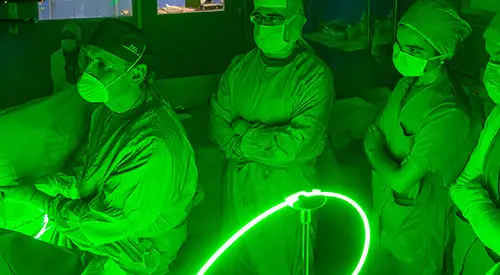
Green
laser
Ideal technique for patients with small to medium sized prostates.
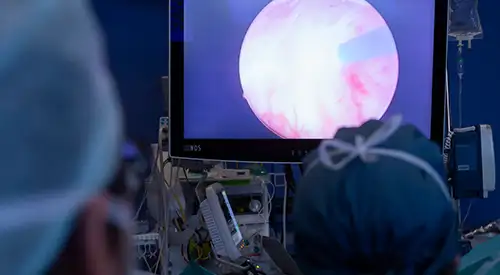
Holmium
Laser
Technique of choice for patients with large prostates that avoids open surgery.
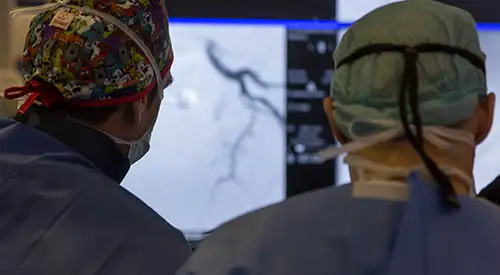
Prostatic
embolization
With local anaesthesia, it allows for the treatment of patients probed with contraindications to general or spinal anaesthesia.

Rezum
New transurethral technique, indicated for patients with special needs.